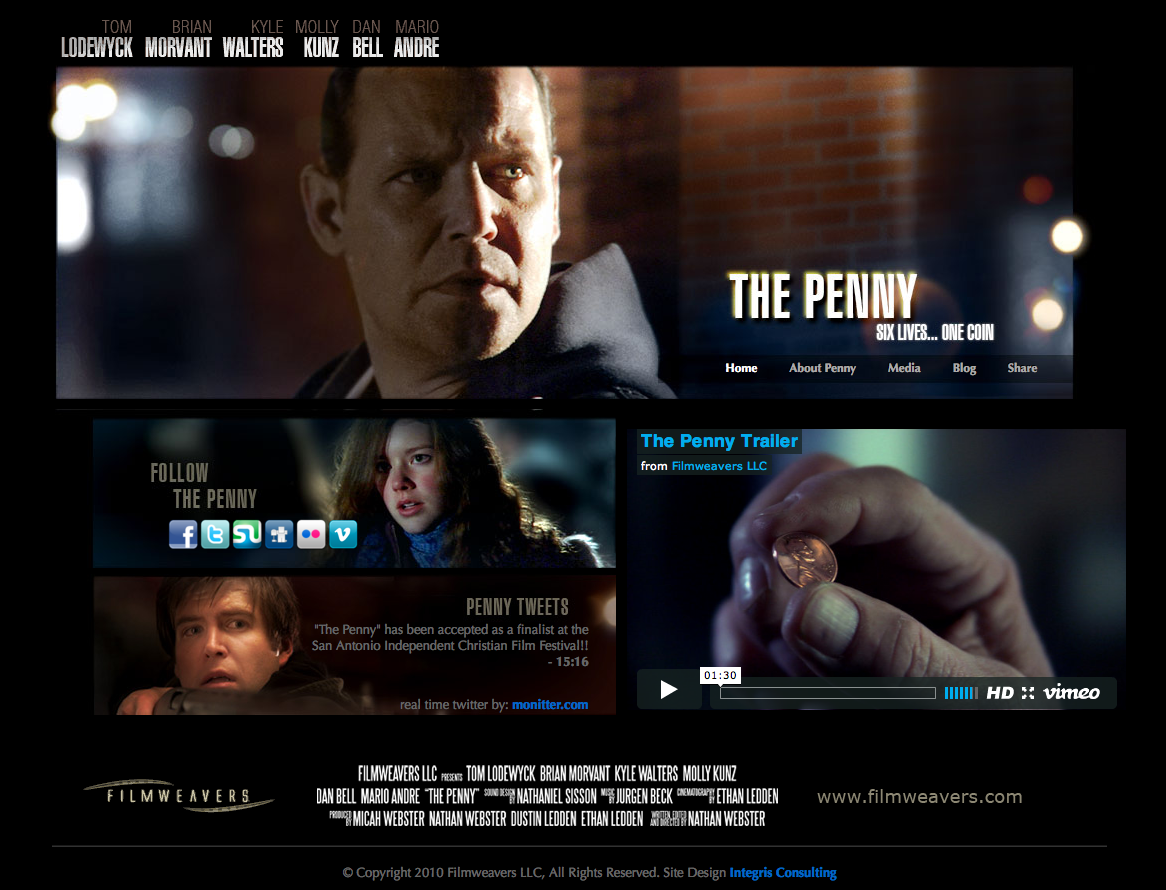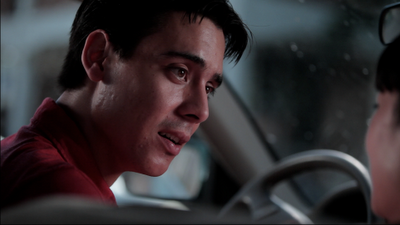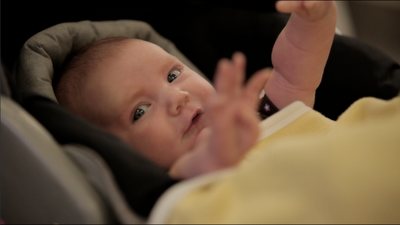2010 Workshop Topics
The Christian Filmmaking Revolution
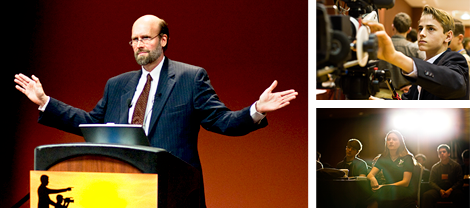
This is a powerful crash course on the theology and art of distinctively Christian filmmaking for the glory of God. The fact is that you CANNOT be a Christ-honoring filmmaker without a solid theological foundation that informs your worldview and every aspect of the craft. Our mission is to take “every frame captive,” and this means developing an epistemologically self-conscious approach to making movies.
One of the great Achilles’ heels of independent Christian filmmaking is the absence of well-considered, excellent musical scores. Now filmmakers can hear from Oscar-winning composer and Christian, Bruce Broughton, about the best way to score a film, common mistakes to avoid, and the ideal interaction between filmmakers and their composers to create the very best results. Bruce will be joining us through video-conferencing from the location of his latest project, and will provide students with a rare and unique opportunity to study under one of the leading Christian composers in the world.
This year marks the fifth anniversary of the Christian Filmmakers Academy, and the time has come to evaluate the movement and the success of our filmmakers, both in terms of the excellence of their craft and the financial viability of the projects they have promoted. You will hear from past Jubilee Award winners and Academy graduates who have embraced successful economic models for filmmaking, taking their skills to increasingly higher levels of technical and storytelling excellence.
The documentary genre is one of the most powerful tools for cultural influence, for fighting evil, and for building an informed citizenry. New technologies and market opportunities have opened the door for some highly successful approaches and variations on the documentary format that will allow Christian filmmakers to bring important messages to the world. Learn the ins and outs of documentary filmmaking from experienced pros. This symposium may change your life as a filmmaker.
Over the last few years, successful Academy faculty and graduates have generated millions of dollars in sales from their ï¬lms, have enjoyed theatrical releases, have benefitted from successful overseas marketing campaigns, and more. How are they doing this? What do you need to know about making financially successful films for the glory of God? Get the most up-to-date insider tips and strategies.
How to Direct Actors
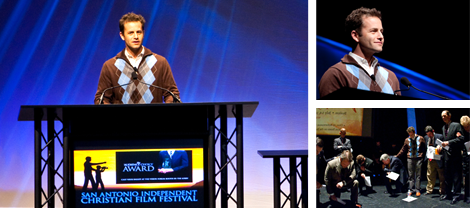
Join Kirk Cameron, veteran television and film star, for an exciting symposium on acting and directing actors. This is really a once-in-a-lifetime opportunity to learn the craft of acting and gain valuable insights on the proper way to direct actors from one of the leading Christian actors in the world.
All character interaction and accomplishment is based on morality tests. In order for a character to be able to tackle larger problems as the story progresses, he must grow as a character. The protagonist’s character arc will be tied to plot elements and be mirrored by the antagonist. Learn how to use arcs to drive story elements and manage plot pacing.
The Meisner Technique, the Stanislavski System, and various strains of method acting have all been developed in an attempt to add “truthfulness” and realism to the craft of acting. Each approach has its own strengths and weaknesses, but which school is best for your cast and characters?
There are only two kinds of films: those featuring a plot that happens to characters, and those featuring characters that a plot happens to. A film’s characters are created by a joint effort between the writer, director, and actor. Their concerted efforts must be in unison for those characters to serve the plot well. The 2010 Christian Filmmakers Academy will equip you as a culture-changer for the cause of Christ in the medium of film. Invest into yourself and your team!
How to Direct Your Film’s Story
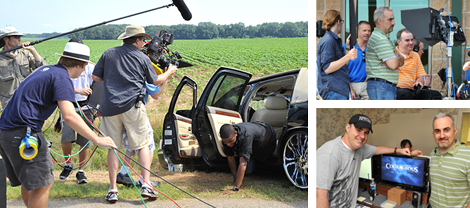
Story is structure, and timing is everything. Learn how to build a story around the principles of Hollywood’s most successful and powerful projects. Find out what Syd Field, Robert McKee, and Blake Snyder have discovered about genre, structure, and story beats, and learn how to analyze the elements and pacing of your own screenplays and story concepts.
Joss Whedon, Christopher Nolan, and Steven Spielberg have all developed systematic theologies that permeate their entire library of films, creating a consistency that makes all of their stories stronger. Learn how to analyze the worldviews of directors and why stories that take place in a uniï¬ed universe are more powerful.
Going from a printed page to the silver screen presents both opportunities and challenges. Is it the director’s responsibility to turn a written story into a visual representation, or should the writer build the story with images in mind? Learn how to use symbols, types, and colors to show rather than tell.
The judges for the SAICFF reviewed some 250 films, about 75% of which were rejected for basic, fundamental errors of filmmaking. In some cases, films with high production budgets were rejected, while films of modest means with attention to fundamentals made it as semi-finalists. What can make or break your film regardless of budget, and are you paying attention?
Workshop topics subject to change.
- Visit the Website -






 Post a Comment
Post a Comment



